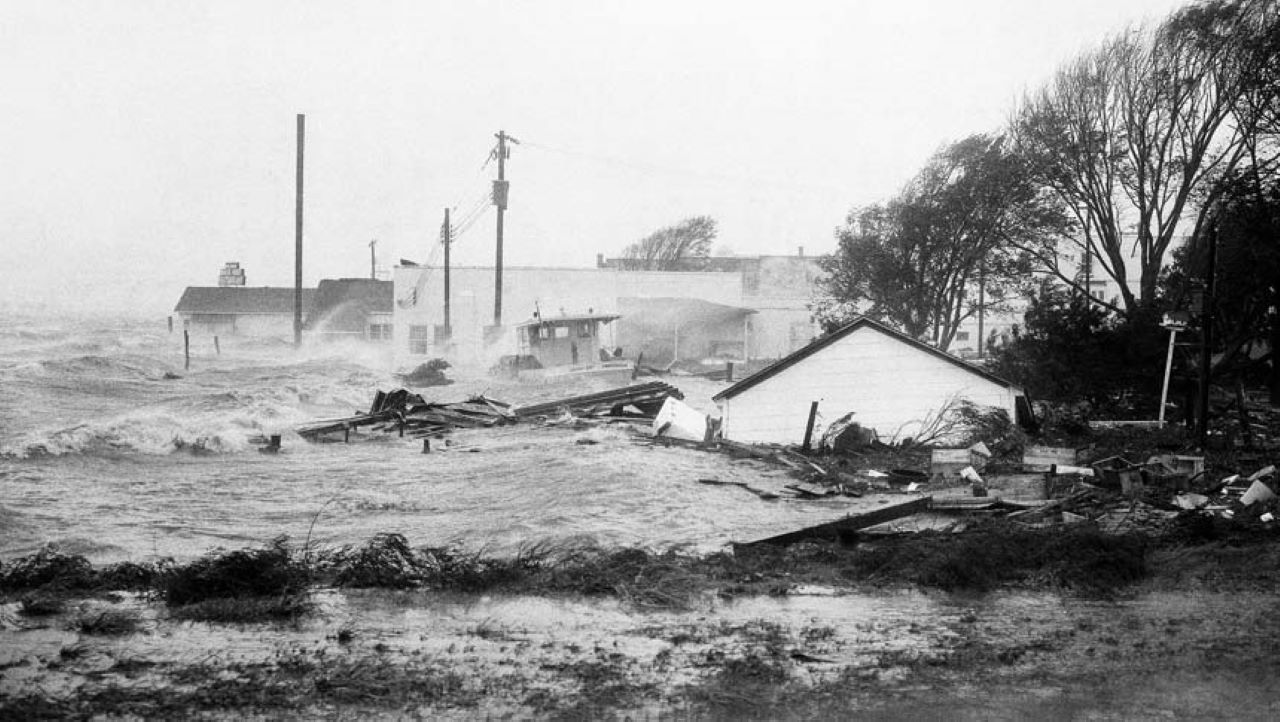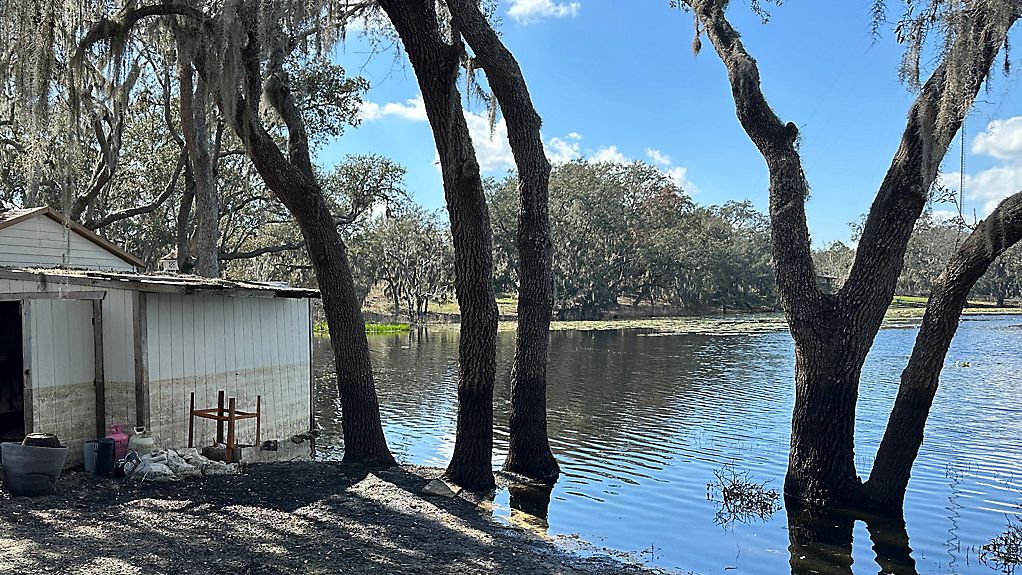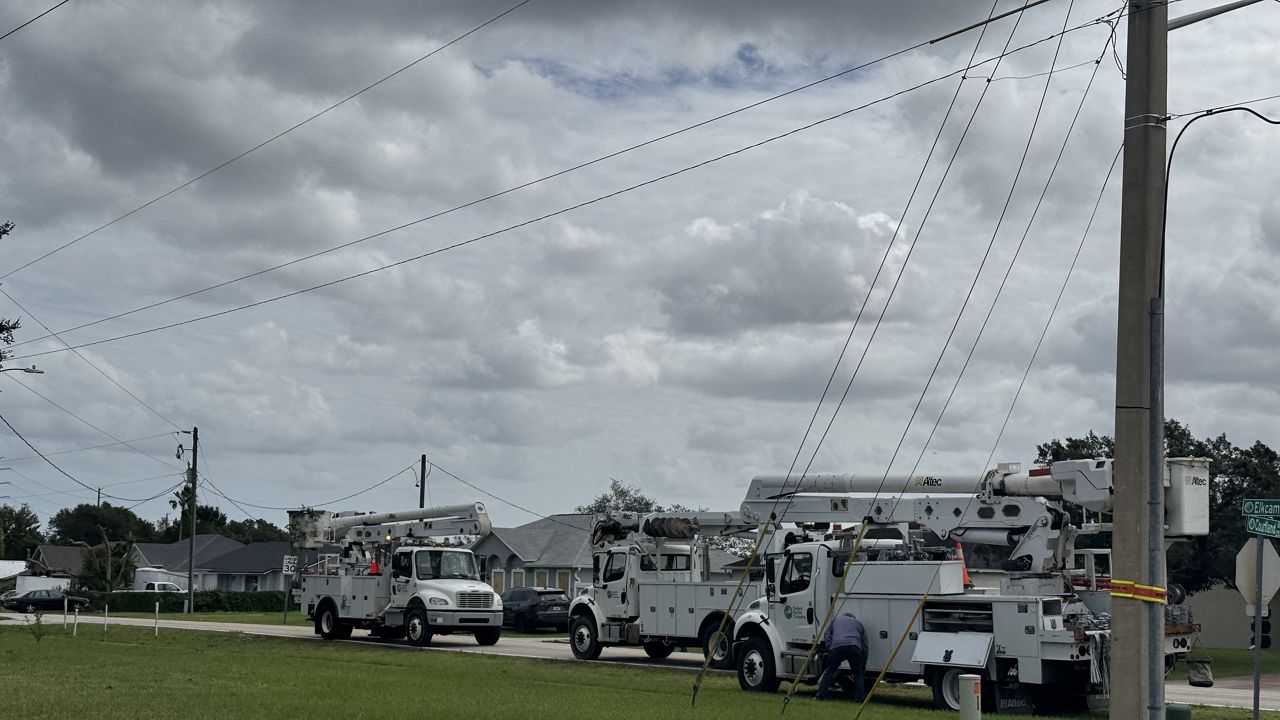With hurricane season comes a barrage of ideas about how storms work, how to prepare yourself and your home, and what kind of damage a storm can do. But knowing what is myth and what is reality can keep you and your family safe.
So here are 13 myths debunked, in no particular order.
Myth: Tape your windows with duct tape or masking tape to prevent them from breaking in a storm.
Reality: It doesn’t. Period. If something hits a window during a hurricane, it likely will hit it with such force that no amount of tape can save the window. In fact, it may make it worse, because the windows may break into bigger shards of glass, which can cause serious injuries.
Not to mention that taping windows is a waste of prep time and makes a mess when you have to get the tape off. Instead, you should put up wood over your windows, or get hurricane shutters.
- Source: Federal Alliance for Safe Homes
Myth: Fill your bathtub so you have drinking water during and after a storm.
Reality: No amount of bleaching a tub will make the water in that bathtub sanitary enough to drink. You can use it for washing clothes, bathing or helping in flushing toilets, however. Get bottled water instead. Bottled water, stored in a cool, dry place can last for years.
- Source: CDC
Myth: Upper levels of apartments and condos are safe in a storm.
Reality: Wind speed increases the higher you go (skyscrapers can feel like they’re swaying on a really windy day). Higher wind speed could blow out windows. Also, if the area floods around you, it makes rescue very tough. If you need to evacuate, get out, not up.
- Source: Orlando Emergency Manager
Myth: I have property insurance, so I won’t have to worry about damage.
Reality: How well do you know your insurance coverage? Most homeowner’s insurance policies do not cover flooding, which can be a major problem during a storm. There also may be a high deductible for hurricane damage. Even wind coverage can be an issue.
Homeowner’s insurance requirements can be different from state to state and company to company. Be sure to go over your policy, especially before a storm is possible. If you need additional coverage, you can’t buy it once a storm watch or warning is issued for any part of the state of Florida.
Also, there is normally a 30-day waiting period before a flood insurance policy becomes effective, so if you don’t have flood insurance and want to get covered, get it as soon as possible. Florida has a Homeowners Toolkit to help you sort through the insurance.
Myth: Mobile homes with tie-downs are safe in a hurricane.
Reality: Mobile home communities, which are numerous in Florida, are usually the first to be evacuated if there is a storm. Older homes are not built to withstand high winds. And tie-downs can fail, especially if the winds are very strong. If you are ordered to evacuate, it’s best to do so.
Myth: Tropical storms and category 1 hurricanes are no big deal.
Reality: We hear this all the time from viewers on social media. For people who have lived through hurricanes, there may be a feeling of that they’ve been through worse, so these storms and their lower winds speeds are easy peasy.
This myth actually has two parts:
- The belief that the worst thing about a hurricane or tropical storm is the wind speeds. That’s really not the worst part of a storm. It’s certainly very destructive, and the stronger the winds the more the destruction. But the most dangerous part of a storm is water, from storm surge and from flooding.
- Some of the most destructive storms had lower wind speeds but lots of flooding. Adjusted for inflation, Tropical Storm Allison was a more costly storm than Hurricane Camille in 1969 and Hurricane Floyd in 1999 – which was a category 2 storm when it hit North Carolina. Forecasters retired Allison as a storm name this year. In 2008, Tropical Storm Fay flooded thousands of homes in Florida, cost millions of dollars in damage to several communities, produced an EF-2 tornado and killed 11 people.
So while hurricane parties are fun and it’s cool to act like you’re not scared of a storm, never underestimate one.
- Source: FEMA.gov
Myth: Crack open a window to equalize pressure in the home.
Reality: There’s a belief that if you don’t crack open your windows during a tornado or a hurricane, the pressure from the storm will cause your windows to blow out, which can lead to more damage in the home. It’s just not so. Debris impact is what causes windows to break, not pressure.
- Source: NOAA website
Myth: If I’m inland, I’m safe from a storm.
Reality: Even if a storm is at its strongest when it makes landfall, storms can linger inland for days, dropping tons of rain which can cause flooding. Plus, even though wind speeds will be lower, they can still be dangerous. In 2011, Irene hit the east coast from New England to the Mid-Atlantic, but it caused huge amounts of inland flooding damage in Vermont and upstate New York. Almost every river and stream flooded in Vermont, damaging or destroying roads and bridges, costing the state some $700 million.
- Source: NOAA Blog
Myth: Preparing for a storm is too expensive.
Reality: Many people believe they can’t afford to spend money to strengthen their home before a storm, or even spend money on a hurricane supply kit. But there are lots of little things you can do, even now, to strengthen your home before a storm. If you do things a little at a time, all year round, you can be prepared when a storm comes. And with a hurricane supply kit, you may find you already have many of the items in your home. Federal Alliance for Safe Homes has tips to help you figure out how to affordably prepare.
Myth: If a big storm hits, there is no safe place.
Reality: Even if you live on the coast, you can find safe areas within a few miles of your location. The state has maps showing evacuation zones for each county. These areas are color coded depending on flooding potential.
Emergency shelters are chosen for their position out of evacuation zones and for the strength of their buildings. A well-built building out of the evacuation zones is the safest place to be in a storm. If you don’t have friends or relatives you can stay with, or can’t afford a hotel in those safer areas, know where your shelter is and go if you are told to leave.
Myth: Shelters are available and fully-stocked, so why have a plan ahead of time?
Reality: Do you have special needs? Do you have pets? While all counties have shelters than can accommodate these needs, not every shelter can. It’s important to know ahead of time where you will go if you have to evacuate. In fact, every county requires people with special needs to register ahead of time so those shelters are prepared. And since not every shelter allows pets, you can bet those pet-friendly shelters get crowded real quick.
Moreover, while shelters may be stocked with basic needs, like food and first aid, they don’t have bedding, and they can be crowded and dark. If you don’t at least have a sleeping bag and a flashlight, you will find a shelter quite uncomfortable.
So again, be prepared. Have a place in mind ahead of time and know what you should take with you.
- Source: Florida Emergency Management
Myth: I’ll evacuate when the weather starts to get bad.
Reality: If you wait until the weather gets bad, it may be too late. Especially if you don’t know where you are going. Evacuation orders are designed to get people out of danger zones with plenty of time to spare. It’s not just about the weather; there are traffic concerns as well.
- Source: CDC.gov
Myth: Building codes are stronger in coastal communities, so I should be fine.
Reality: Building codes don’t change depending on where you live. And enforcement is not any more stringent on the coast than elsewhere.
While building codes are tougher for new homes, there are plenty of older homes that may not be as hurricane-safe.
The bottom line, no matter how your house was built and how old it is, taking steps to strengthen your home gives you the best chance of minimizing damage.
- Source: Federal Alliance for Safe Homes








